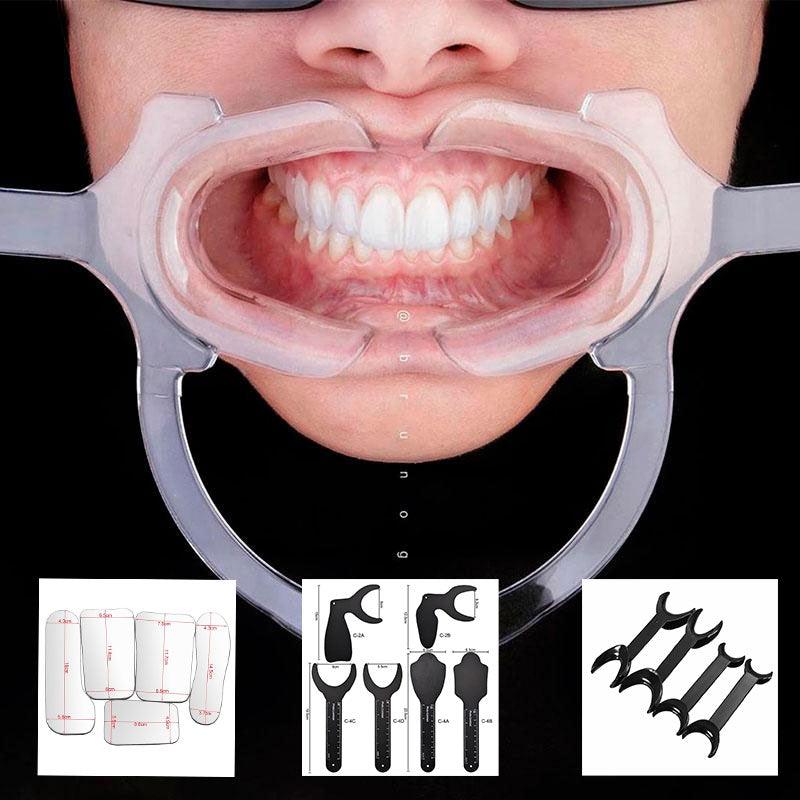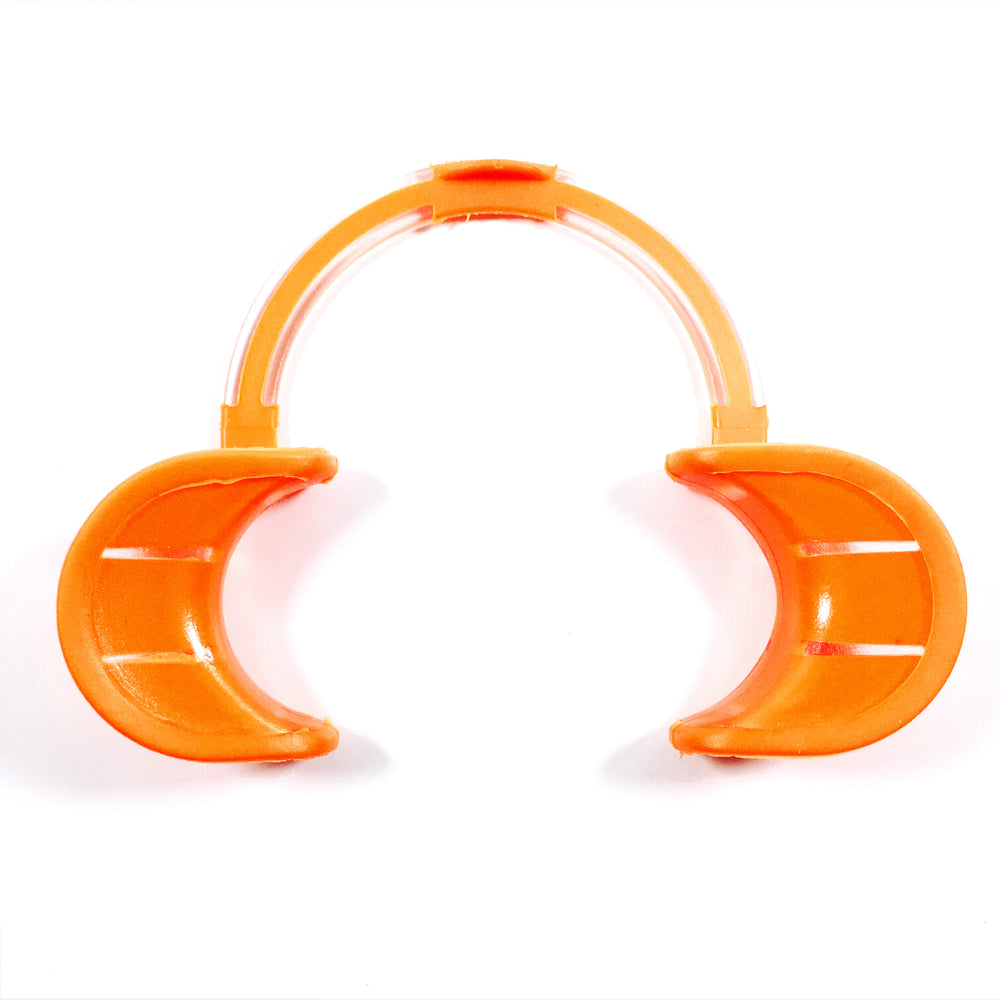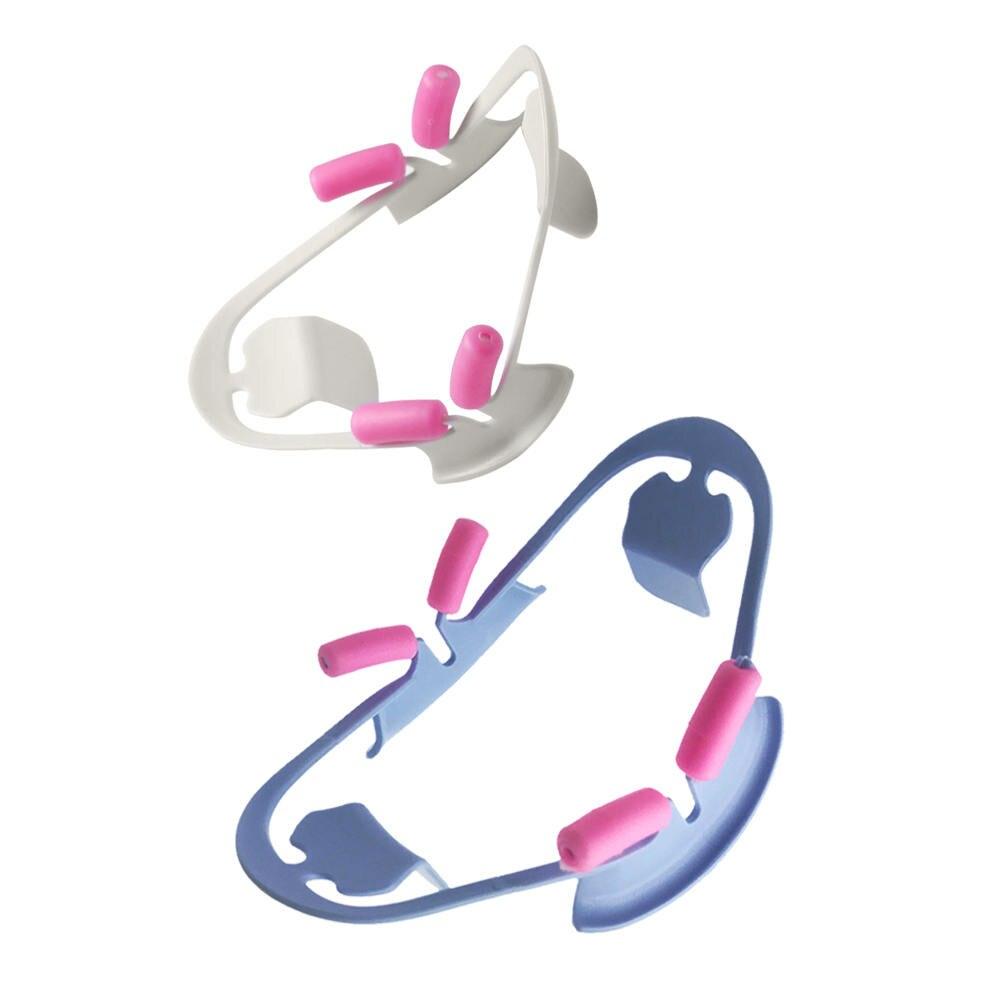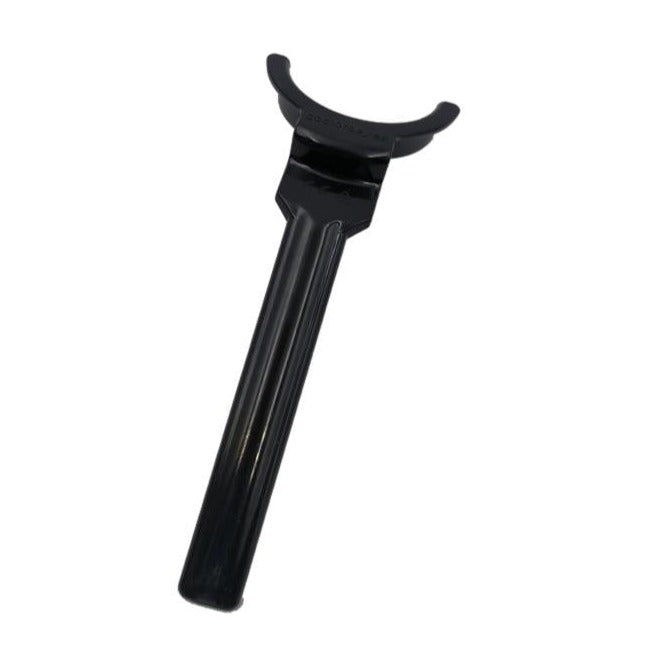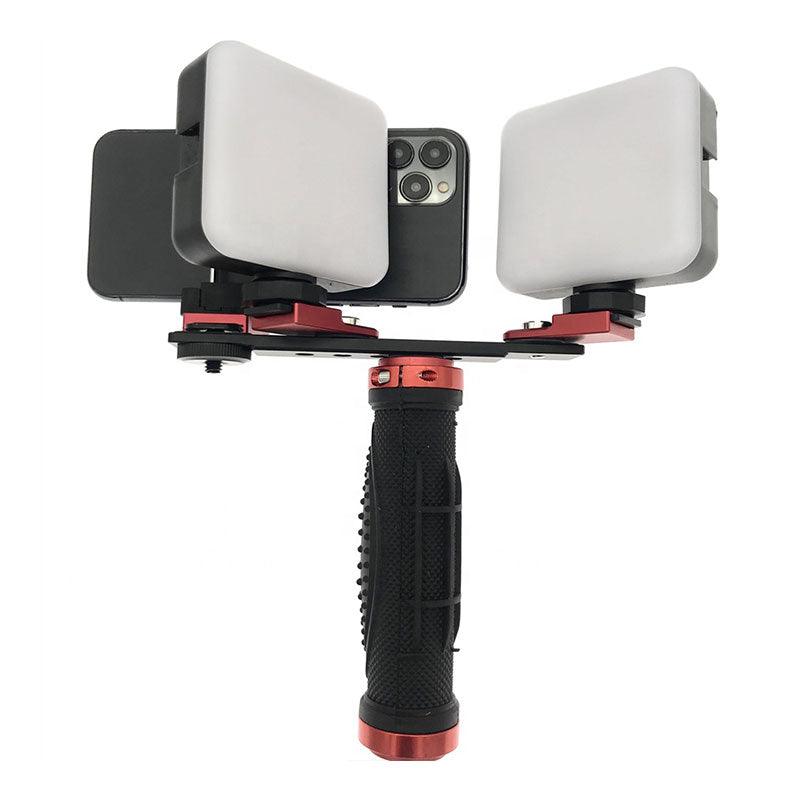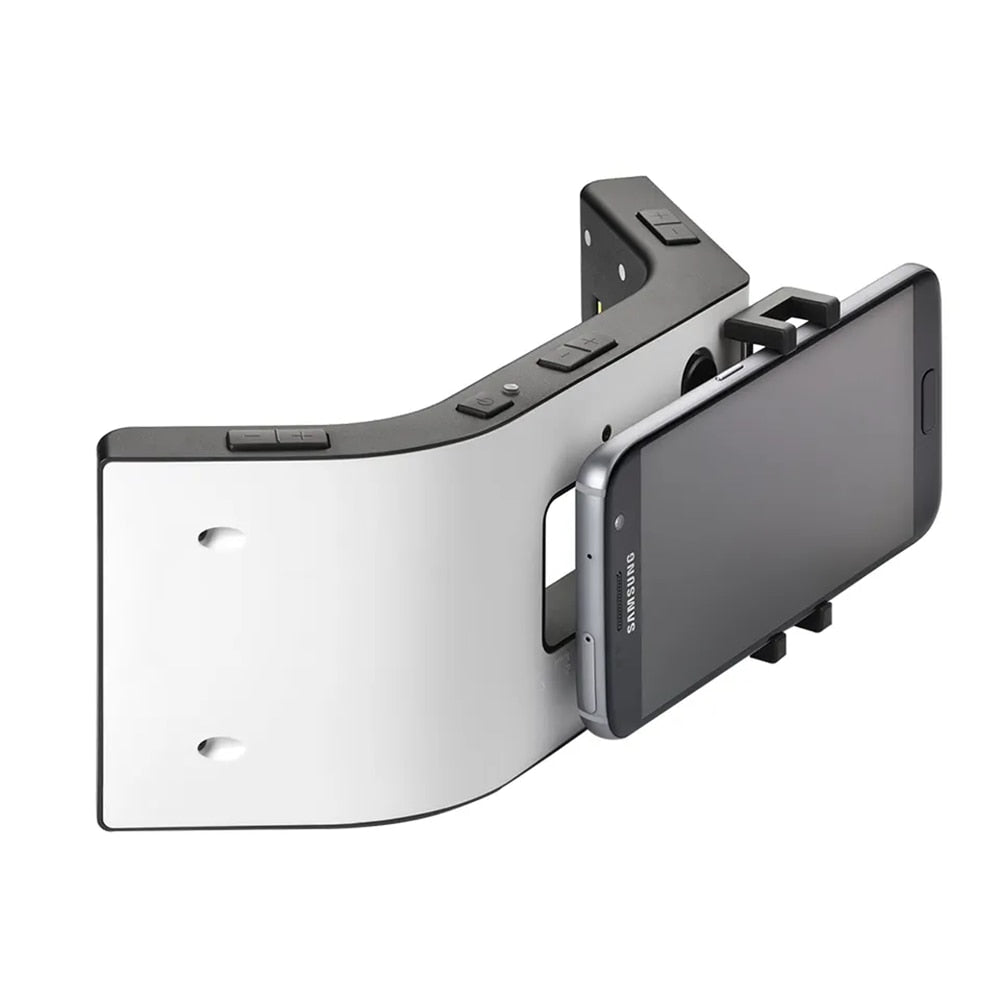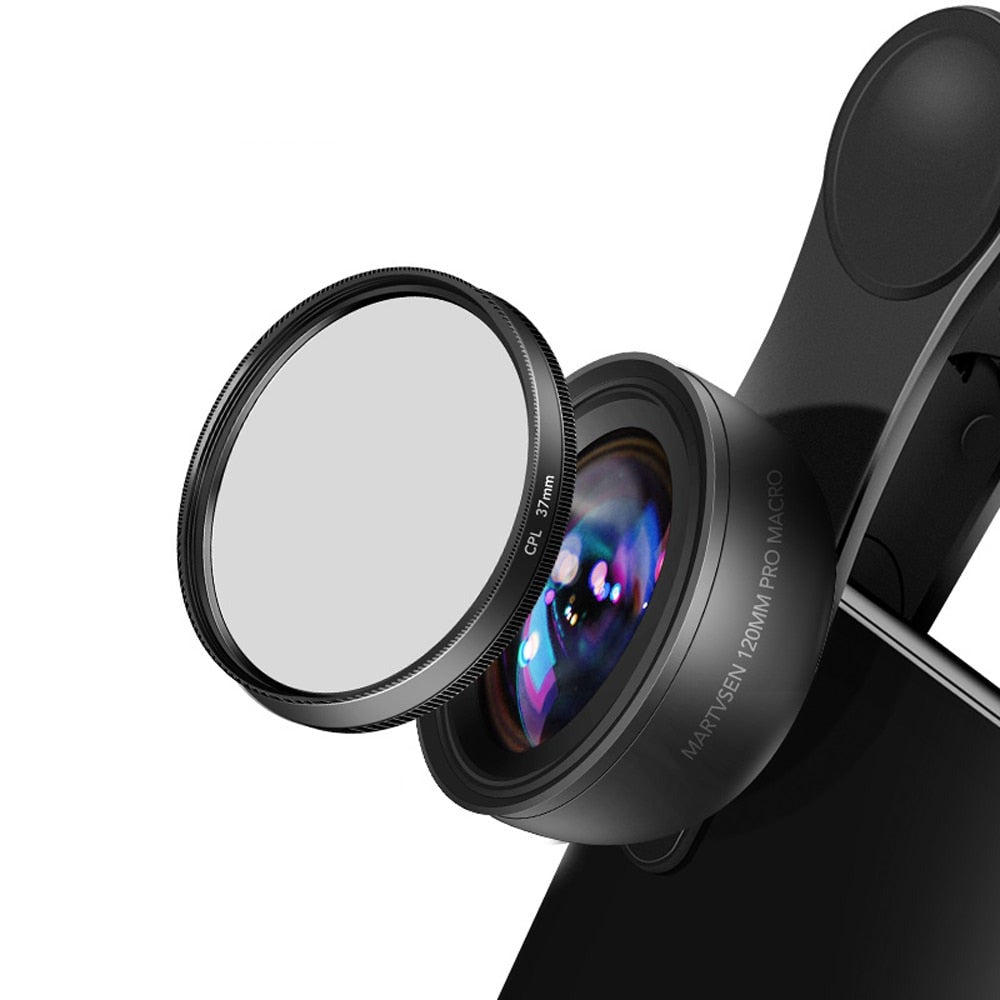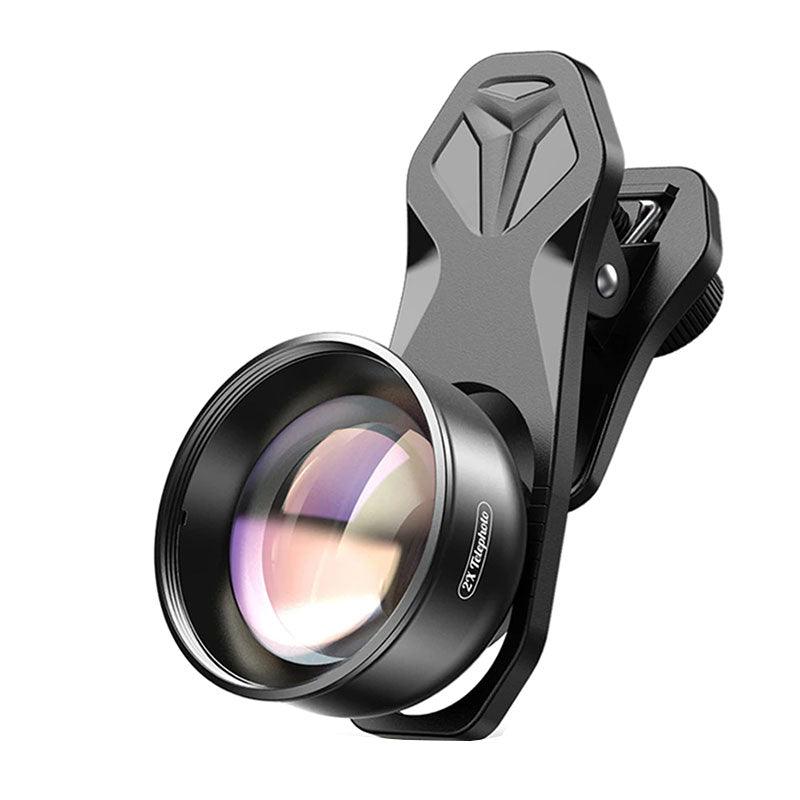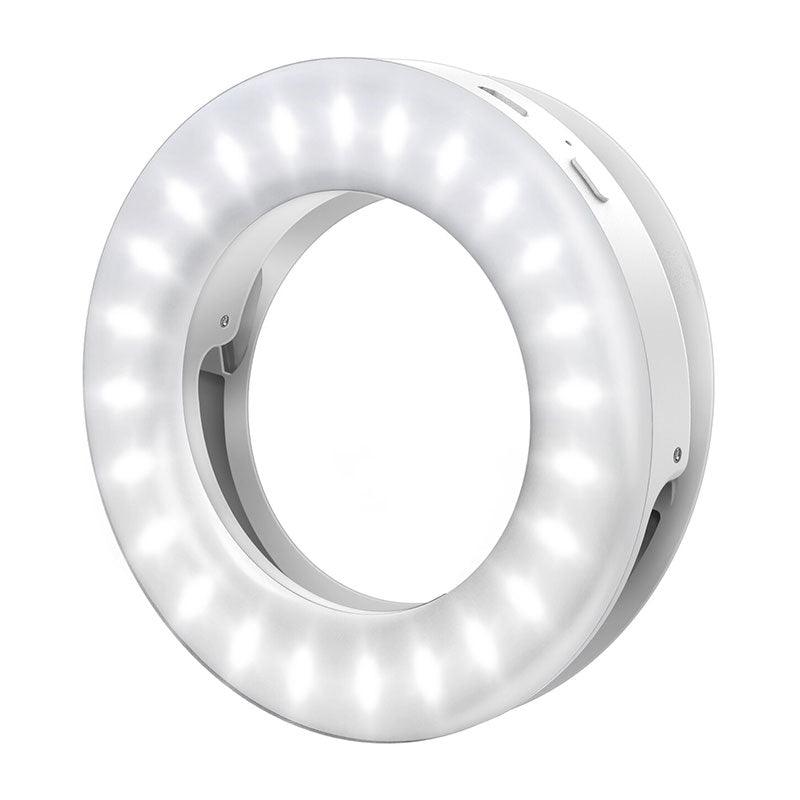This comprehensive guide is tailored for dental professionals and enthusiasts who are keen on mastering dental photography using their smartphones. It covers various aspects of dental photography, providing practical advice, technical tips, and step-by-step instructions to capture high-quality dental images. The guide is divided into several chapters, each focusing on a specific type of dental photography, ensuring that readers can easily find and apply the information relevant to their needs.
Portrait Photography
For effective portrait photography in a dental setting, a simple setup can yield professional results. Here's how you can achieve it:
-
Background and Lighting: Use a plain black or white background. Proper lighting is key – you don't need macro lenses or other complex equipment. A round or twin light source is ideal, and natural sunlight can also be very effective.
-
Camera Settings: On your phone, select the 'X2' mode. This setting is usually sufficient for capturing clear portrait images.
-
Focus: Tap on the phone screen to select the focus point. Always aim for the middle of the face to ensure even and sharp focus.
-
Capture: Once everything is set, take the photograph.

Video @brunogfmaia (Brazil)
Smile Zone (Intraoral Photography)
To capture detailed images of the smile zone, you'll need to adjust your approach slightly:
- Macro Mode: If your phone has a macro mode, turn it on in the settings (tutorial).
- Macro Lens Attachment: Attach a 100mm or 120mm macro lens to your phone's standard camera lens (not the macro or wide-angle lens). On recent iPhone models, this is usually the bottom camera. You can check by covering each camera lens one by one while the camera app is open.
- Positioning: Bring the phone close to the smile zone. If macro mode activates automatically, the camera might switch. Just tap the macro icon to turn it off if needed.
- Focus and Capture: Focus on the desired area of the smile and take the photo.
This chapter is ideal for dental professionals seeking to improve their skills in intraoral photography, enabling them to document dental conditions effectively and communicate treatment progress with patients and colleagues.

Video @dr.martin.vonsontagh (Austria)
Vertical Photography for Social Media
Vertical photos are often preferred for social media. Here's how to optimize them:
-
Lighting: Proper lighting is crucial. Use a ring light or twin light to achieve the best results.
-
Orientation: Simply hold your phone in the vertical position.
-
Capture: With the right lighting and phone orientation, take your vertical photos. They will be well-suited for platforms like Instagram and Facebook.
Remember, the key to successful dental photography with a smartphone is in understanding the right settings, lighting, and accessories for each specific type of photo you want to capture. With practice, you can achieve professional-quality dental photographs using just your phone.

Video @saiddiaz.dental (Mexico)



